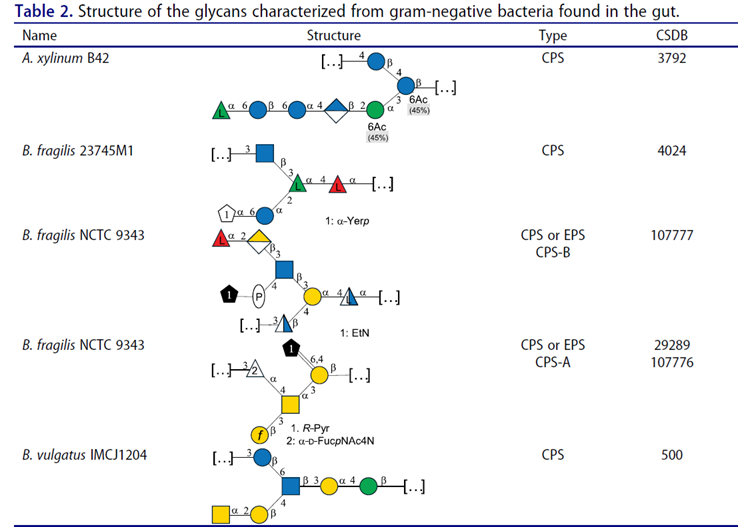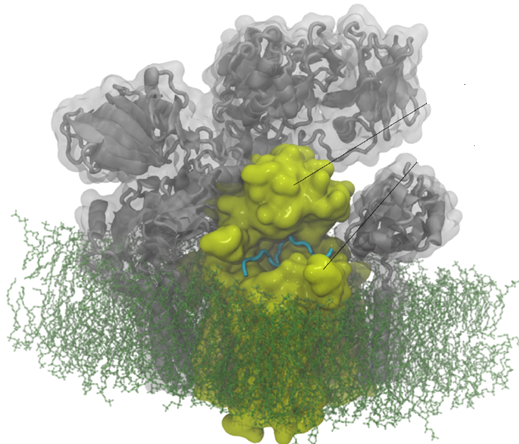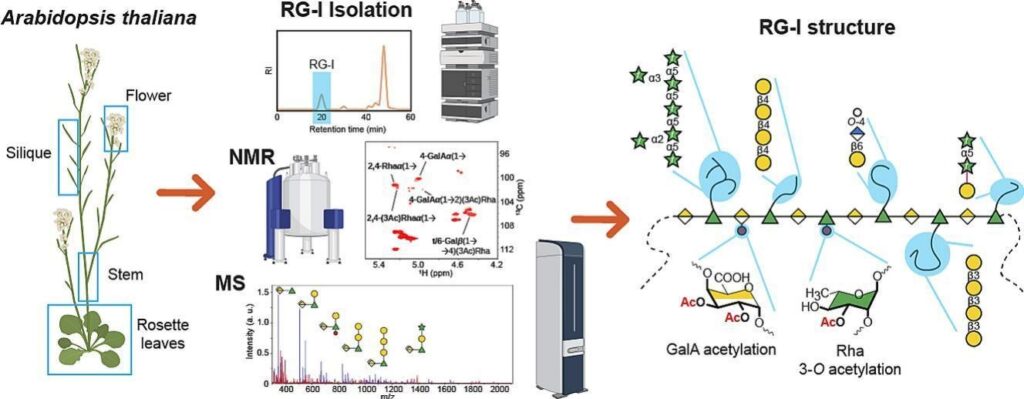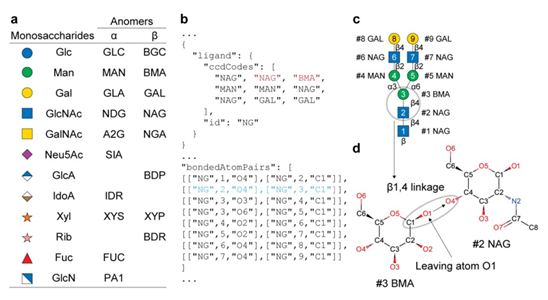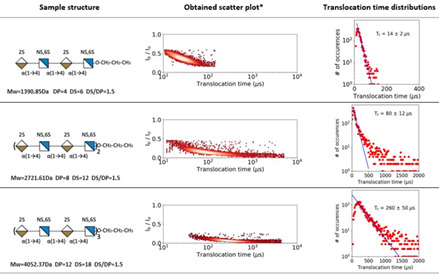The gastrointestinal (GI) tract is home to trillions of microorganisms that live in symbiosis with their host. Commensal bacteria in the gut communicate with epithelial and immune cells via effector molecules that are either secreted or attached to the cell surface. Although cell surface polysaccharides have primarily been studied in the context of pathogen-host interactions, they are increasingly being recognized as essential factors in the symbiotic interaction between gut microbiota and host, conferring biological activities and physiological functions. This review focuses on the structure and function of polysaccharides surrounding the bacterial cell wall: capsular polysaccharides (CPS), which are tightly linked to the cell surface; cell wall polysaccharides (CWPS), which are also tightly linked to the cell surface; and exopolysaccharides (EPS), which are loosely attached to the extracellular surface or secreted into the environment. Our focus will be on structurally characterized CPS, CWPS, and EPS from gut commensal and food-derived bacteria. These polysaccharides exhibit significant structural diversity, enabling bacteria to adapt to the GI environment and/or influence the host’s immune response. The combined diversity of microbes in the gut provides a vast array of glycans that could be exploited for the benefit of human health.
